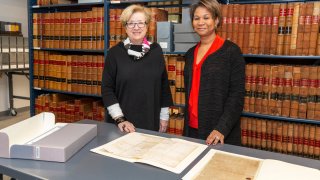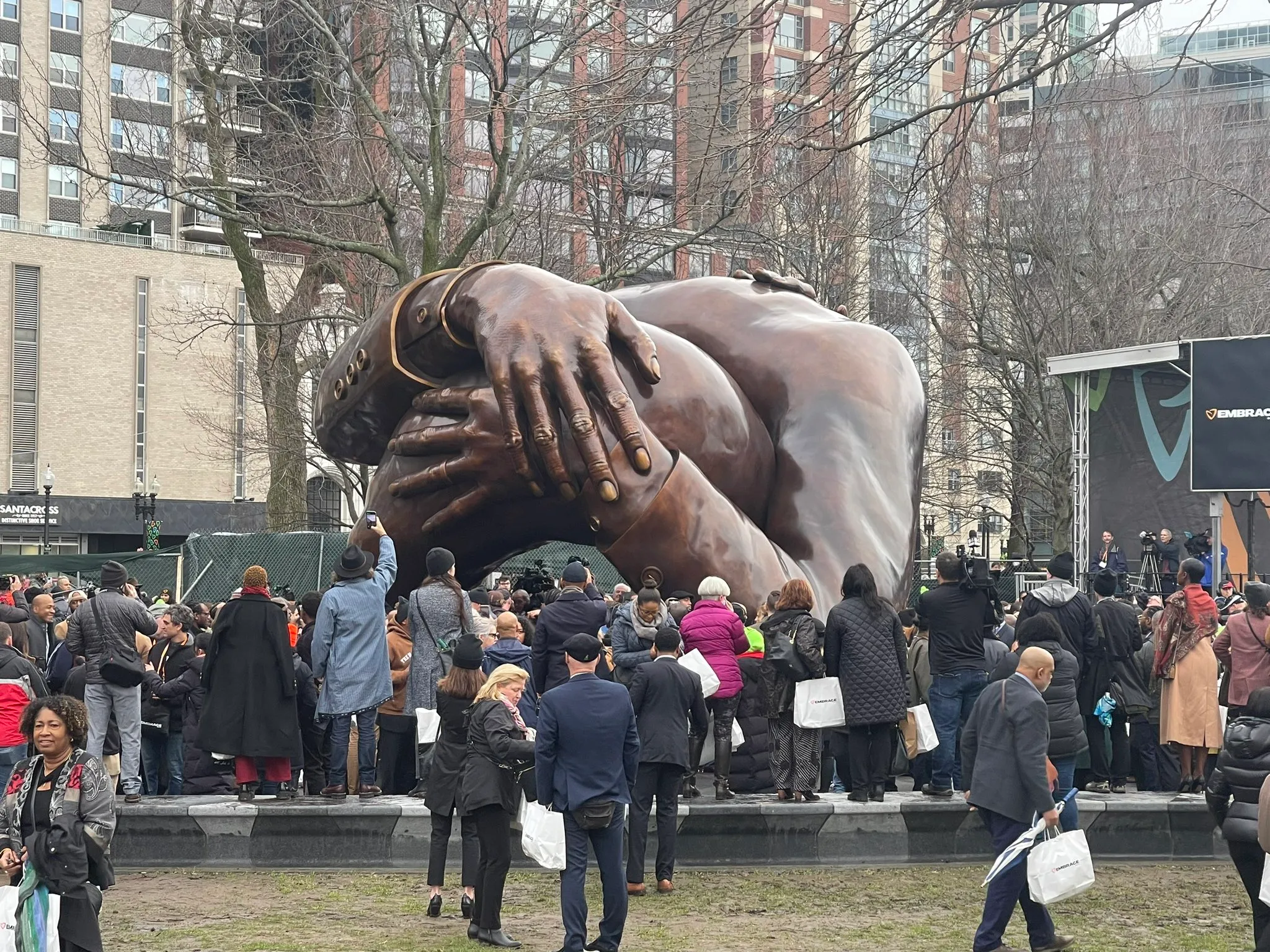
Hundreds of court documents from the 1692 Salem Witch Trials are being transferred from the Salem museum where they have been stored for more than four decades to the newly expanded Judicial Archives facility in Boston, officials said Thursday.
The 527 documents — which include transcripts of testimony and examinations, depositions, warrants for apprehension and other legal papers — were moved to the Peabody Essex Museum in 1980 for safekeeping.
Although the museum had acquired some documents on its own, most had been stored at the clerk’s office at Essex County Superior Court, the museum said.
Get Boston local news, weather forecasts, lifestyle and entertainment stories to your inbox. Sign up for NBC Boston’s newsletters.
To properly preserve them, the documents need to be stored under the proper environmental conditions, including at or below 70 degrees Fahrenheit, at 50% relative humidity, and in low-light conditions, Dan Lipcan, director of the museum's Phillips Library in Rowley, said in a statement. They are also kept in acid-free folders and boxes and in fireproof cabinets.
“We are grateful to PEM for its capable stewardship of these invaluable documents and gratified that the state can now welcome the Salem Witch Trials documents home to the Judicial Archives,” Supreme Judicial Court Chief Justice Kimberly Budd said in a statement. “The court deeply appreciates the extraordinary public service that the museum has provided in caring for this unique collection for more than 40 years."
The SJC, the state's highest court, traces its origins to the witch trials. Originally the Superior Court of Judicature, created in November 1692, one of its first tasks was hearing the cases of 26 people accused of witchcraft. Twenty-three were found not guilty, and the other three were later pardoned, according to the court's history.
The witch trials were fomented by superstition and fear of disease, outsiders and Native Americans, and were stoked by petty jealousies and personal vendettas involving several families. Of the 20 people convicted of witchcraft and subsequently put to death, 19 were hanged and one was crushed to death by rocks.
The story and tragedy of the trials resonates to this day.
The study of the original documents humanizes the victims and helps creates a better understanding of their experiences, PEM Executive Director and CEO Lynda Roscoe Hartigan said in a statement.
“PEM is committed to telling the story of these events through exhibitions, lectures and public programs as well as by making reproductions of the Salem Witch Trial documents available to the public on our website,” she said.



